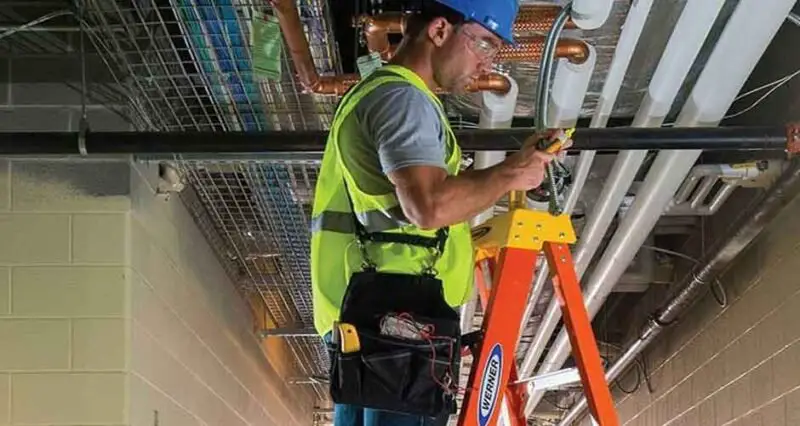
National Ladder Safety Month, observed annually in March, serves as a timely reminder of the importance of ladder safety in preventing accidents and injuries. Ladders are indispensable tools in various industries and household tasks, but they can also pose significant risks if not used correctly. This blog post aims to provide essential safety tips to ensure that individuals can confidently and safely use ladders in their daily activities.
Understanding the Risks
According to the Oakland personal injury attorneys at Milanfar Law Firm, falls from ladders are a leading cause of workplace injuries and fatalities, contributing to thousands of emergency room visits each year. These accidents can result in serious injuries, including broken bones, head trauma, and spinal cord injuries, highlighting the critical importance of practicing ladder safety at all times.
Choose the Right Ladder
One of the first steps in ensuring ladder safety is selecting the appropriate ladder for the task at hand. Consider factors such as height, weight capacity, and material when choosing a ladder. Extension ladders are suitable for reaching high places, while step ladders are ideal for tasks requiring stability and support. Additionally, ensure that the ladder is in good condition, free from defects or damage that could compromise its integrity.
Inspect Before Use
Before using a ladder, it’s crucial to conduct a thorough inspection to identify any signs of wear, damage, or defects. Check for loose or missing rungs, cracks in the frame, and stability of the ladder’s feet or base. Never use a ladder that appears compromised or unsafe, as it could lead to accidents and injuries.
Proper Placement
Proper placement of the ladder is essential for stability and safety. Place the ladder on a level surface and ensure that all four feet are firmly planted on the ground. Avoid placing ladders on uneven or unstable surfaces, such as gravel or soft soil, as this can increase the risk of tipping or slipping. Use ladder levelers or stabilizers if necessary to ensure a secure footing.
Maintain Three Points of Contact
When climbing or descending a ladder, maintain three points of contact at all times. This means having either two hands and one foot or two feet and one hand in contact with the ladder and its rungs. Avoid carrying heavy or bulky objects while climbing, as this can throw off your balance and increase the risk of falling.
Use Proper Technique
When ascending or descending a ladder, use proper technique to minimize the risk of accidents. Face the ladder and grip the rungs firmly with both hands while maintaining a secure foothold. Keep your body centered between the ladder’s side rails and avoid leaning too far to either side. Take your time and proceed cautiously, especially when working at heights.
Avoid Overreaching
Overreaching is a common cause of ladder-related accidents and injuries. To prevent overreaching, position the ladder so that your body remains within the ladder’s side rails at all times. If you need to reach a higher area, descend the ladder and reposition it closer to the work area rather than stretching or leaning excessively.
National Ladder Safety Month serves as a reminder of the importance of prioritizing safety when using ladders in any setting. By following these essential safety tips, individuals can minimize the risk of accidents and injuries and ensure a safe and productive experience when working at heights. Let’s work together to promote ladder safety awareness and prevent avoidable accidents during National Ladder Safety Month and beyond.


